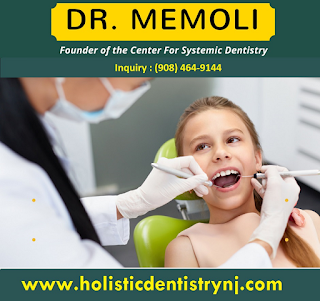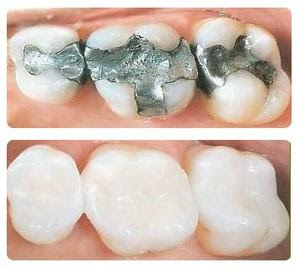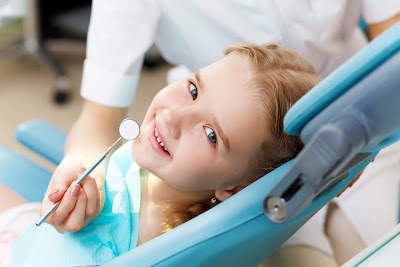What Are the Facts About Tooth Decay in Children? Dr. Philip Memoli

Tooth decay, known medically as dental caries, happens to every person in every age group. Children, however, are a special focus for the prevention of tooth decay. Outside of very rare instances in medical history, children are the only people who can grow new teeth. When the deciduous teeth (commonly called “baby teeth”) are lost during childhood, permanent (“adult”) teeth begin to grow in their place. A competing theory about the cause of tooth decay considers it to be a manifestation of systemic disease; in other words, the problem originates elsewhere in the body, with tooth decay merely being a result of a larger, underlying health issue that contributes to insufficient mineralization in dentin (hypomineralization). Proponents of this causal theory stress that: Under the acid theory, any exposure to sugar in the mouth would raise susceptibility to decay. Decay is a complicated process that exhibits both local and systemic factors; the latter


